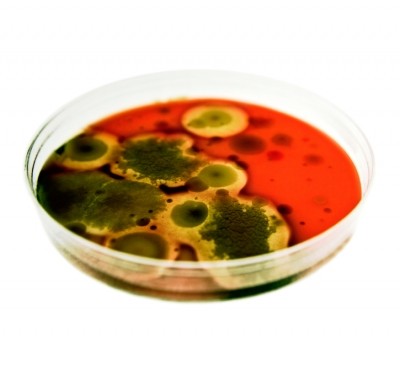Antibiotics examined
reduce and inhibit the development of antibiotic resistance,
according to new research.
Certain antibiotics common in food animal production actually reduce and inhibit the development of antibiotic resistance, according to new research presented at the recent annual American Society for Microbiology (ASM) meeting.
Scientists have been using as new test system which measures how efficiently a multiresistance-coding plasmid - a small circle of bacterial DNA - can transfer into host E. coli strains.
The tests revealed that ionophores - a type of chemical compound - significantly reduced the transfer of the plasmid into the host strain at levels representative of actual feed inclusion rates. Several other antibiotic combinations showed the same effect.
The mechanism appears to involve ion-binding or cell membrane-interactive effects. Although ionophores do not directly kill or inhibit E. coli, they can disrupt at least one DNA uptake mechanism.
Some scientists suspect plasmids act to transfer resistance among different bacteria, making it possible, for example, for an E. coli to develop and pass resistance on to a Campylobacter - a rod-shaped bacterium that causes infections in cattle and humans.
This new research indicates some antibiotics used at the same dose levels as those approved for use in animal feed inhibit this passage.
"The data indicating some antibiotics and ionophores can inhibit resistance transfer is important in helping us learn about judicious and beneficial use of these products," said chief researcher and microbiologist Jerry Mathers.
Other work presented at the ASM annual meeting demonstrated the importance of using antibiotics to keep animals healthy. A study done by scientists at Agriculture and Agri-Food Canada and the University of Calgary examined 300 feedlot cattle and found that feeding chlortetracyline - an antibiotic used in treating bacterial infections - greatly reduced the incidence of animals positive for Campylobacter compared to all other treatments.
Reducing the incidence of these food borne illness-causing bacteria in live animals has important food safety benefits.





